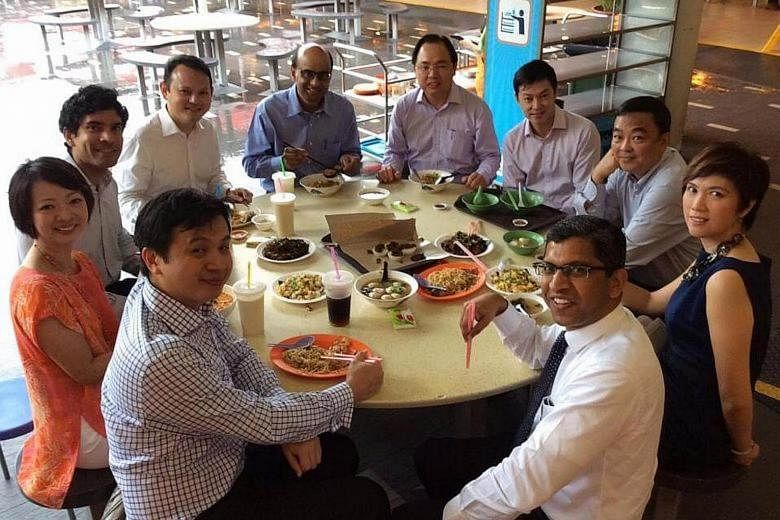This year is the 30th anniversary of the formation of GPCs, or Government Parliamentary Committees. They are made up of People's Action Party (PAP) backbenchers.
Each covers a policy area, largely mirroring the government ministries, and the MPs on each GPC are able to specialise and scrutinise the policies and legislation of that ministry.
Here are seven things from the Insight feature that you may not have known about GPCs before:
1. GPCS WERE THE BRAINCHILD OF THEN FIRST DEPUTY PRIME MINISTER GOH CHOK TONG IN 1987
As there was only one elected opposition member in Parliament at the time, Mr Goh wanted GPCs to play the role of an "internal or proxy opposition", says Dr Aline Wong, who was among the first batch of GPC chairmen.
2. GPCS ELECT THEIR OWN CHAIRMEN
PAP MPs get to state their preferences on which GPCs they would like to be in. The party leadership then makes the final decision. But once a GPC is formed, its members meet to elect one of its own as chairman.
3. GPCS COORDINATE INTERNALLY TO COVER THE ISSUES MORE COMPREHENSIVELY
At the annual Committee of Supply debate, where ministry budgets are scrutinised, MPs on each GPC tend to divide the topics among themselves so that they can cover the range of topics of concern. This is necessary because each MP has a limited amount of time to speak.
4. GPCS HAVE EFFECTED POLICY CHANGE
Shortly after he became a member of the GPC for Environment and Water Resources, MP Liang Eng Hwa called for the policy of not building a new hawker centre to be reversed. The policy was changed that year, after Minister Vivian Balakrishnan succeeded in persuading his Cabinet colleagues.
This is one example of GPC-initiated policy change. One will come across many others in this Insight feature.
5. AFTER 1991, GPCS "MELLOWED"
In the 1991 election, four opposition MPs were elected into Parliament. Former PAP MP and GPC chairman Hong Hai says there was a mellowing of GPCs as a result, because of a need for PAP MPs to close ranks. Another former PAP MP and GPC chairman Chandra Das adds that while tough questions could still be asked in private, there was more internal discipline in public.
But GPC chairmen today say that they do not hold back when they perform their role, whether in private or in public.
6. THE QUESTION OF WHETHER NON-PAP MPS SHOULD BE INCLUDED IN GPCS HAS BEEN AROUND SINCE 1987
In a speech to civil servants in February 1987, just before GPCs formally began, Mr Goh Chok Tong said: "GPCs are not similar to select committees which include representation from all parties in Parliament. Whether they evolve into select committees will depend on our experience with them."
Today, there are different views on whether GPCs should evolve into cross-party committees.
7. A GPC MEMBER ONCE CALLED ON FELLOW MPS TO VOTE AGAINST THE GOVERNMENT
In March 1987, PAP MP Tang See Chim, a member of the GPC for Home Affairs, called on fellow MPs to vote against the Government during a vote on the Budget for Parliament. He did so after his request for more funding to hire full-time researchers for GPCs was turned down.


